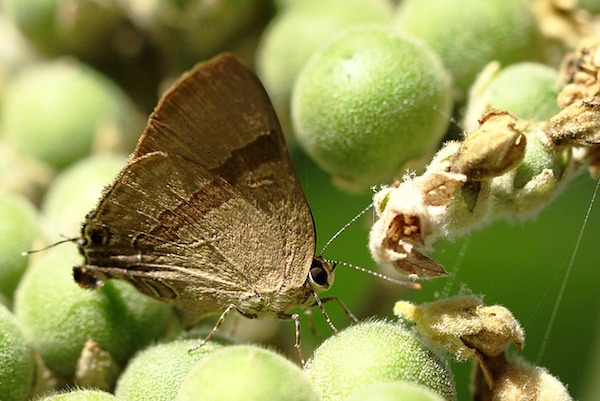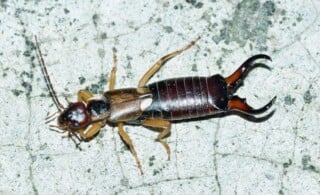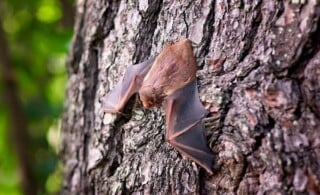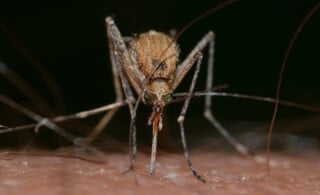
When it comes to moth control there are two common types of moth infestation homeowners need to worry about. The first is a clothes moth problem, in which the moths in house infest cloth and fabric. The second common moth problem concerns pantry moths, whose larvae infest dry goods such as flour, cereal, and cornmeal. Each type of moth requires a different approach in order to rid yourself of the problem.
Clothes Moths
When most people think of moth infestation this is what jumps to mind. Clothes moths lay their eggs on any animal based fabric, including wool, feathers, hair, fur and felt, although if the infestation gets bad enough, they can also live off of hair and oils that have spread to other materials. Once the eggs hatch, the larvae feed on the material—hence the tell tale holes in garments, carpets, sweaters and the like. Moths of any sort are tough to get rid of, but here’s some tips particular to house moths that might give you the upper hand.
- Locate the source of the infestation. Figure out where the moths are coming from and concentrate your efforts there.
- Wash the area thoroughly, making sure to get into all hidden nooks and crannies.
- Dry clean, freeze, or wash all clothes in hot water. You’ve got to remove all eggs and larvae from your clothes if you don’t want to the infestation to return and these are the only proven methods.
- Use moth balls or cedar chips when putting clothes into long-term storage.
- Store clothes in airtight, sealed containers whenever possible.
Have You Considered Cedar Closets?
Beyond these basic steps to remove your infestation, you might want to consider longer term moth control, as well. One of the best, and natural, modes of moth control is a cedar closet. Cedar oils put off a fragrance that repels moths and other clothes pests, meaning that a closet lined with cedar smells great and protects your wardrobe at the same time. Finally, if your moth infestation is bad enough that you can’t seem to get on top of it, call in a pest control company to eradicate your unwanted guests. Sometimes there isn’t any other way to rid yourself of the problem.
Ready to start your moth control?
Find ProsPantry Moths
The other common moth control problem happens in your pantry instead of your clothes closet. A pantry moth infestation can be an unsettling experience, since you’re likely finding moth larvae in everything from the breakfast cereal to the boxed macaroni and cheese. They can also be very tough to get rid of. If you try to tackle your moth infestation yourself, here’s a few things to try.
- Throw away all dry goods. Even unopened packages. Moth larvae can chew through paper, plastic, cardboard, you name it. If you don’t get rid of all the possible places the larvae has spread, you’ll be right back where you started before you know it.
- Clean the infested area thoroughly. This means wiping down all surfaces, digging into cracks and removing shelves. Moths are good at laying eggs in tight places, so a general once over won’t solve your problem.
- Freeze new dry goods for several days after purchase. This should kill any moths and larvae that you might inadvertently bring into your home.
- Hang a single moth trap in your pantry area. The traps are made of sticky surfaces that put off pheromones that attract adult moths. The moths are drawn by the scent and once they land, they can’t ever take off again.By following these steps you should be able to get on top of your moth control problem (though it may take several rounds before you completely rid yourself of the infestation). And as with clothes moths, there are infestations that an average homeowner just can’t get rid of. If that sounds familiar, talk to a pest control specialist about bringing in the big guns to get rid of your pantry moth problem.
 Earwig Pest Control
Earwig Pest Control  Flea Control & Prevention
Flea Control & Prevention  An Eco-Friendly Yard: How to Keep Bugs, Weeds, and Other Nuisances Out Without Harming the Planet
An Eco-Friendly Yard: How to Keep Bugs, Weeds, and Other Nuisances Out Without Harming the Planet  Indoor Bat Control
Indoor Bat Control  Itching for a Solution on Mosquito Control?
Itching for a Solution on Mosquito Control? 

Are You Familiar With This Topic? Share Your Experience.